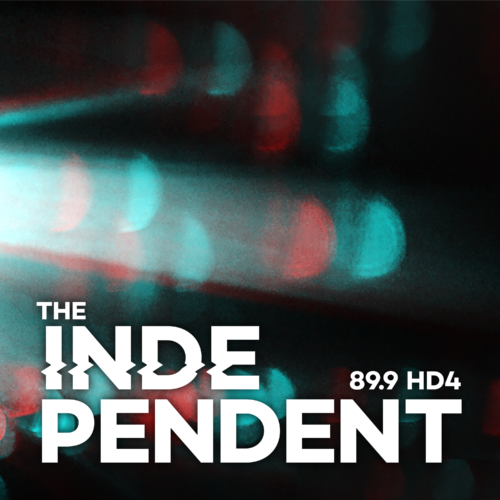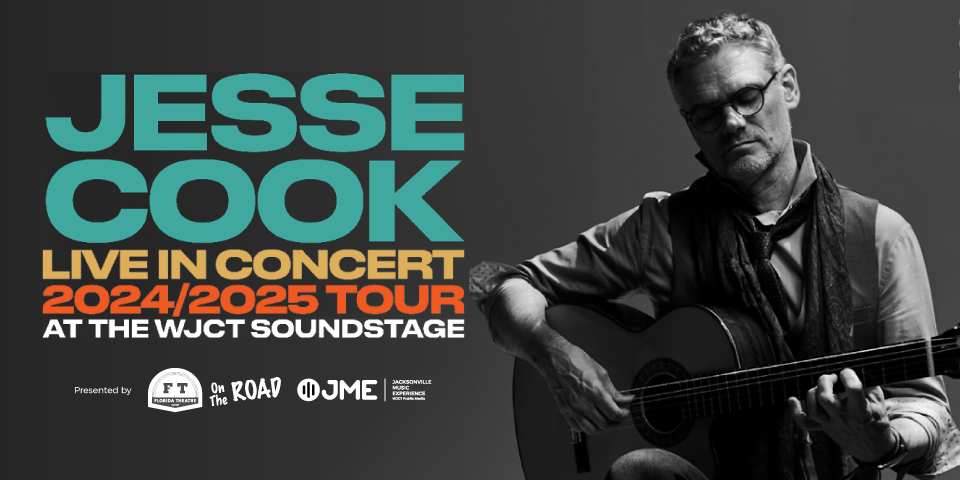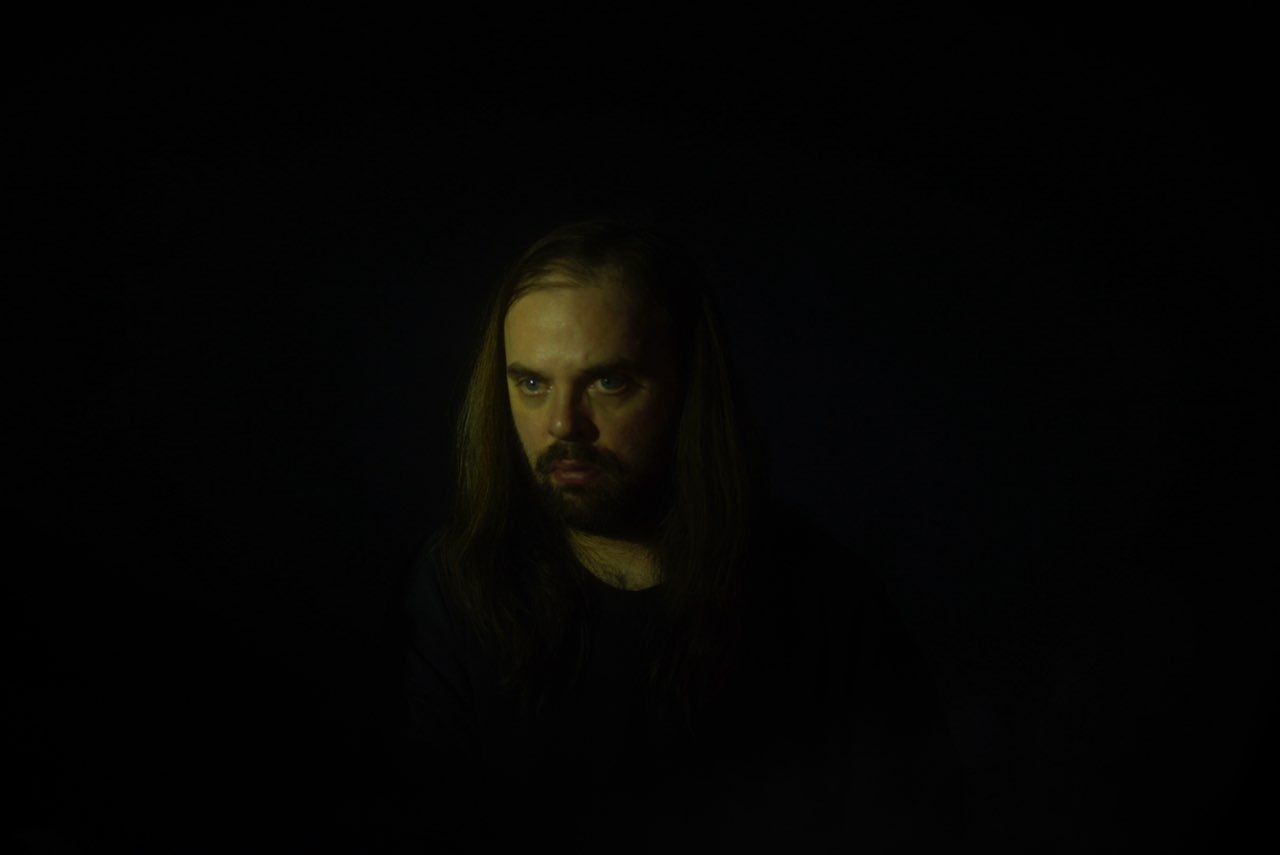
Over the course of the last decade, Severed+Said has created, nurtured and sustained a hermetic crossroads of electronic music.
The brainchild of Northeast Florida musician John Touchton, the music of Severed+Said focuses on the darker-hued neuroplasticity that gels between Touchton and an arsenal of synthesized sounds. A regular on local indie concert bills, Severed + Said has issued six releases courtesy of two local labels (Popnihil and Dead Tank Records) and west coast imprint Not Not Fun Records. The just-released full-length, End Time Loop, is a 10-song collection of pieces that operate as a lodestone attracting and altering various genres including electronic, ambient, drone-minimalism; even old-school kosmische Musik.
While Touchton is hardly a reclusive presence on the local music scene, Severed+Said, through sound and presentation, projects a cryptic vibe. JME reached out to Touchton to find out about the roots of Severed+Said and the apocalyptic joys of End Time Loop.
The interview has been edited for length and clarity.
What does the name Severed + Said refer to?
The name came to me the week before my first performance as S+S. I was in a period of transition. I was feeling resistant to change and decided I had to not only let go, but sever myself from the situation I was in. Severed+Said came to me as a stream of consciousness concept. It felt like putting words and thought to change would separate me from the situation I was in.
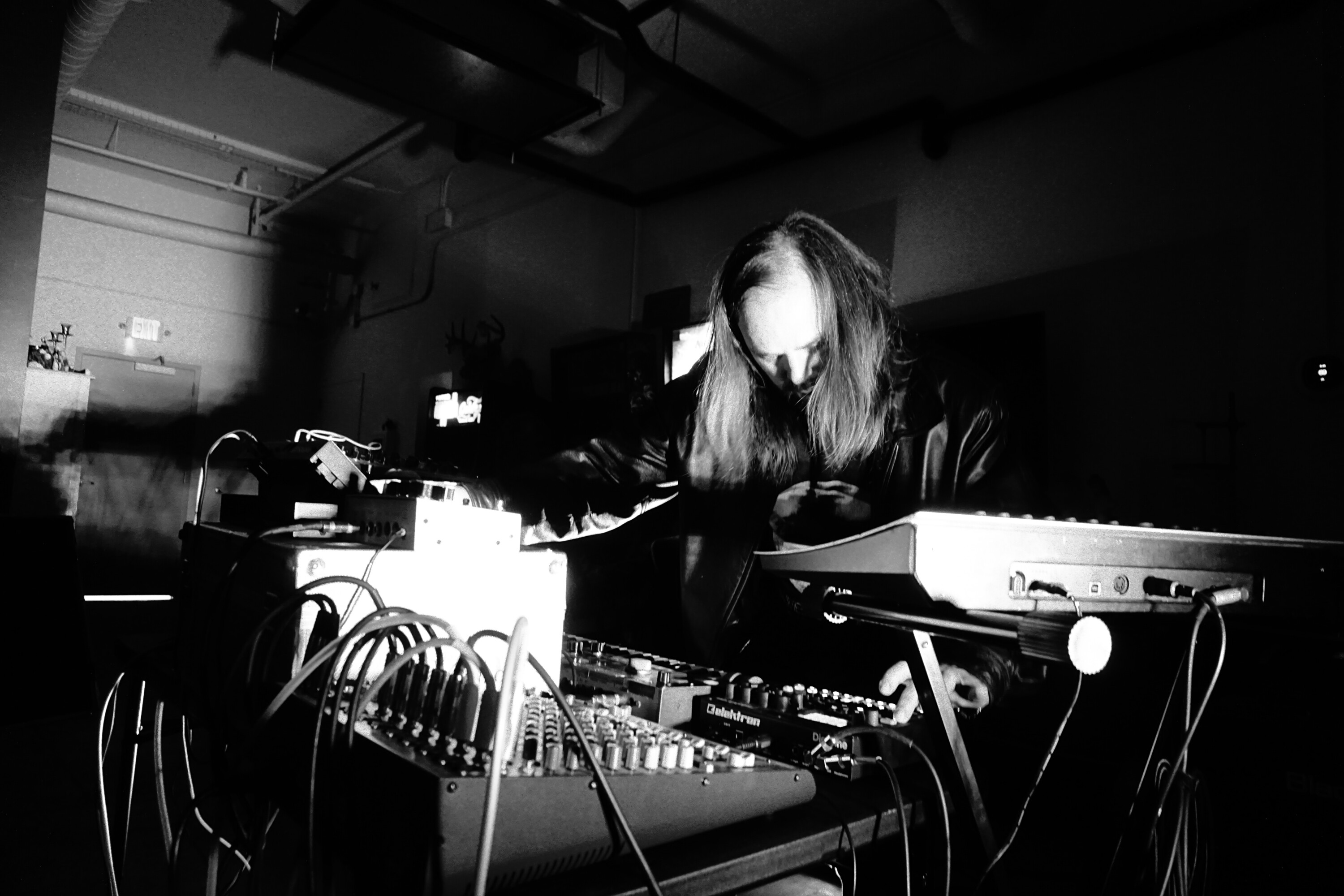
I’m wondering when and how you decided to devote yourself to electronic music. Were you originally performing more guitar-based rock or did you begin your earliest musical approaches solely with electronics?
I definitely got into being a performing artist through playing guitar in bands, although I remember playing with a secondhand Casio as a child, trying to learn by ear various video game themes from what I was playing as a kid. I was 15 years old when I first got my hands on an electric guitar. I bought it because my friend had just gotten a bass guitar and we wanted to start a band. By the time we were 17, we had found a drummer and we played together under various monikers well into our early twenties. After that project disbanded, I had gotten into playing more avant-garde guitar, ignoring melody and embracing dissonance and atonal guitar riffs and exploring guitar pedals. From there, I got my first synth, a used microKORG, and started getting into the possibilities of sound design. I didn’t have much of a budget in those days, but I managed to get a sampler, drum machine and an early 1990s Ensoniq via Craigslist. At the time, it felt like exploring these tools took a backseat to playing in bands. But over time it became more satisfying just sitting around creating sound palettes in my bedroom. By 2009, this had evolved into an ambient project called Ascetic. We started performing live, put out a tape and eventually moved out to California and started playing shows around the Bay Area and other parts of the [northern California] before moving back to Jacksonville. By the time we disbanded, around 2014, I had already been working on some tracks alone. Back then, I would go buy a cheap bottle of wine and spend all day working on music. I didn’t know it at the time, but I was developing a ritual that has continued to evolve over the years. I never actively made the decision to devote myself to playing electronic music, but at this point it has definitely become a part of my daily life. It’s a practice in self-therapy or even, one could say, my religion.
What were some earlier artists, genres or albums that pointed you in the direction of creating purely electronic music?
I wouldn’t say that any artists or bands inspired me to start making electronic music. I’ve definitely discovered and been influenced by many great artists over the years. But it really was the approach itself that drew me in. I will say that there were some electronic albums that did come across my path when I was playing guitar in bands, but at that time I would have never known I’d be making electronic music myself at any point. For instance, I had a really intimate experience listening to Radiohead’s Kid A for the first time on headphones in the middle of the night on the floor of a strange building, sick from taking the wrong combination of substances. This was well after the album had been released and it had never really been on my radar as something I wanted to listen to. It was literally a matter of choosing something I’d never heard that would hopefully chill me out, but it definitely did change me in ways. Over time, as I continued to indulge more in the ritual of making electronic music, I became more exposed to it by proxy.
Either on headphones or in a live setting, electronic music can be used to create an atmosphere which can interact with others in interesting ways. It’s imagining new worlds and then implementing them in real time.
Some of the most influential albums for me, though, aren’t necessarily electronic. I love the album Psychedelic Sanza (1982-1984) by Francis Bebey for its polyrhythms and trance inducing vocals. Seeing Sunn O))) live was a life-changing experience and has deepened my interest in low end drones and how they can rearrange the physicality of a live space. I’m kind of obsessed with the track, “Something Came Over Me,” by Throbbing Gristle. It feels like an exploration of sound that’s tangential to what club music would become in the 1980s. At this point though, there are definitely some electronic and ambient artists that have influenced me. Tim Hecker has put out a solid body of work, with his newest, No Highs being one of my favorites. When I discovered the album Alphaville by Japanese electronic artist, Susumu Yokota, I fell in love with its minimalist proto techno beats. Alice Coltrane’s “Om Supreme” embodies much of what I love about the New Age and spiritualist approach to making music. It drones with chants and this low register organ riff that eases my mind. While I’m definitely influenced by the music I listen to, it’s the ritualist nature of sound design and how sound can be used that draws me to the approach. Either on headphones or in a live setting, electronic music can be used to create an atmosphere which can interact with others in interesting ways. It’s imagining new worlds and then implementing them in real time.
End Time Loop was apparently created through your acquiring and exploring a new sequencer, building songs or pieces of music from those experiments. What was that specific piece of gear and what did you find so compelling about its design and capabilities? And how was that process of experimentation and editing the results into specific pieces?
The sequencer was definitely a technical aspect of the creation of End Time Loop. For the longest time, as I mentioned, my budget for music gear was almost non-existent. I was limited to what I could get my hands on through pawn shops or Craigslist. For Tragic Seeker, I had started experimenting with the midi connection with my synths and drum machine, which opened my eyes to the inherent connectivity of electronic music equipment. A lot of artists would just use a DAW to connect everything, but I have a distrust of computers for live performances. It was my friend, Noah, who encouraged me to check out the Elektron sequencers when I told him that I wanted all of my gear to be interconnected. I eventually got the Elektron Digitone and promptly synched everything that I had used for Tragic Seeker to one device, or brain, to control them all. I’m now able to write sequences on one device and assign them to the synths that I’ve been using for years, each of them containing unique sound patches that I’ve created from scratch over time. The Digitone also has amazing capabilities in adding variation to the sequences so that they percolate and evolve over the course of the track, almost randomizing specific steps in the sequence. The process of composing and recording End Time Loop took about a year in total, from summer of 2022 to summer of 2023. I was also using my first semi-modular analog synth, which I used for all of the low-end drones and basslines on the record. I assembled, broke down, and reassembled each track until it felt fun to perform and made sense, compositionally.
End Time Loop was (at least in part) informed by your “youth in a Pentecostal church” and a “crossroads of ‘atrocities and kindness’.” Could you elaborate on how these ideas thread through the actual music?
I can’t think of a single aspect of my life which hasn’t been informed by growing up in a church. Religion, introduced during those early developmental years, leaves an imprint on the psyche for a lifetime. I’ve been actively deprogramming myself since I left the church in my adolescence, but the vestiges of that kind of conditioning are still there. The church I grew up going to was one of those hellfire and brimstone churches, with deep pocketed pastors who anticipated the apocalypse. It was terrifying, on a weekly basis, to have to learn all about the end of days. As a child, I fully expected to witness a second coming, with all that the book of Revelation alludes to. With End Time Loop, I decided to embrace these experiences in light of every natural catastrophe, plague and genocide that we’ve endured over the course of my life span. Self-fulfilling prophecies matched by limitless greed seems to bring these disasters on, or at least make them much worse.
The quotes above that you mention encapsulate a duality that was instilled in me at a young age, possibly due to some black and white idea of “good vs. evil.” “Atrocities and kindness” refer to a juxtaposition that I’ve observed in the trying times. It seems that amidst the chaos, there are still communities that come together to alleviate the misfortune of others through mutual aid or direct action. The stark contrast between beauty and devastation has always been a theme I’ve explored through [my music]. End Time Loop pairs despairing themes and menacing progressions with brief moments of ambient reprieve and deeply emotional melodies. These concepts reflect my approach to music and my reasons for maintaining it as a balancing force in my own life.
Electronic music allows an artist to utilize a near-infinite number of materials to work with, from actual sounds to contemporary recording capabilities and the general affordability of the actual gear. How do you hone and streamline your process into music, in lieu of sort of getting lost in the sheer possibilities that electronics now offer?
For sure, it’s inspiring that we’ve gotten to an age where one can produce something in a bedroom studio that artists in the 90s would not have so easily been able to do without access to a large budget and recording studio. While the possibilities can be overwhelming at times, giving myself limitations is one way to keep things from going off rails. With S+S, I’ve always worked within a framework primarily of composing and recording tracks that I can and will perform live. There’ve been a few exceptions, for instance, the track “Execrations” from End Time Loop. I played some guitar on that track, but I just can’t build and perform electronic music the way I prefer to while playing guitar live. To be honest though, sometimes I do just allow myself to get lost in the possibilities. I work on lots of music that no one will ever hear, although much of it is more akin to sound experiments than they are to music. Allowing myself to unravel with a single piece of equipment for a month while taking a break from working on anything gives me all new ideas once I get to the point of composing something new. It’s an ebb and flow, for sure. I don’t ever give myself deadlines, so getting lost is just another part of the process.
You worked with director Chase Capo for the video of the album’s opening track, “Diminished Eternal.” The video has elements that seem esoteric-occultic signifiers (the crowned woman, the illuminated sword, warrior-hierophant, the goat, fractal-like sigils, etc.). Were any of the visual elements concepts that you wanted interjected into the video or was the music interpreted by Capo and played out through his personal imagery?
Chase approached me about wanting to make a video in 2022 and we started meeting periodically in early 2023 about what that might entail. Over the course of the year, we discussed themes and visual motifs. A lot of what we talked about didn’t make it into the video, but what did end up was mostly Chase’s vision, however inspired by our conversations leading up to May of 2024 when we did the shoot. Some of those discussions did touch on my alchemical approach to composition. One aspect of the occult that always resonated with me is the idea that intention can affect the world around us if translated via some sort of medium. I’m not as heavily steeped in occultic ideas as the video might imply, but I’ve always been fascinated by various forms of mysticism, probably a vestigial product of my religious upbringing. When I begin working on an album I don’t start with any intentions, but as the process deepens, various forms of synchronicities begin to direct me to the themes with which the work is imbued. As I’m finalizing everything, my intentions are hinted at by song and album titles, as well as with the album art. Chase and I both related with each other on these ideas and I essentially left it up to him to dream up the imagery for the music video. I think he did an amazing job. I’m fortunate to have such talented friends.
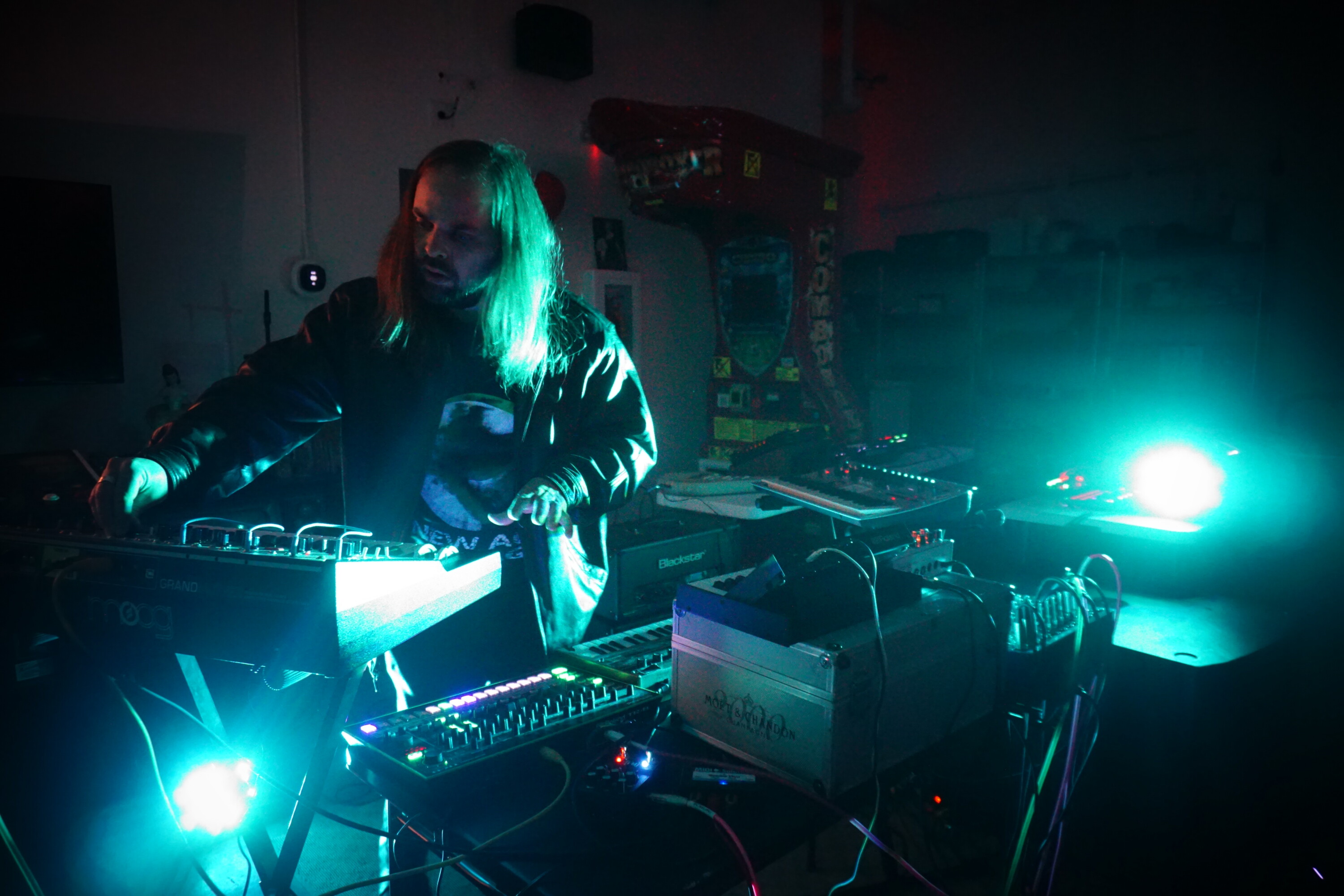
It seems like much electronic music is centered around creating danceable, or at least beat-based, material. It seems like over the years, your music has become less concerned with beats; the rhythms seem more implied in the attack and decay of the sounds. It feels like there is a kind of stripping away and reduction to your music more than an increase of elements. Has this been a deliberate move on your part or has it seemed to just develop over time?
My earlier work definitely utilized more percussive drum machine sounds. I think that was in part due to the fact that I was limited to those early pawn shop scores with which I was composing. I was triggering sequences and drum beats, separately, while manually playing chords and keys. As I’ve gotten deeper into midi connectivity and sound design, I’ve started to understand the synthesizers as being able to generate more interesting percussive sounds than a standard drum machine can produce. Synthesizing percussive elements has been a goal, for sure. Minimizing the drum sounds can make them more impactful when they do come in. I’ve consciously made the effort to be more of a reductionist when it comes to composition. This goes back to what I said about finding limitations to keep things on track. It helps to create a figurative room, so to speak, within which to work. Once I’ve found all the walls of the room, it’s easier to find the door to the next.
End Time Loop is now available in cassette and digital download formats. You can follow Severed+Said on Instagram.
Listen On: Spotify | YouTube | Apple Music
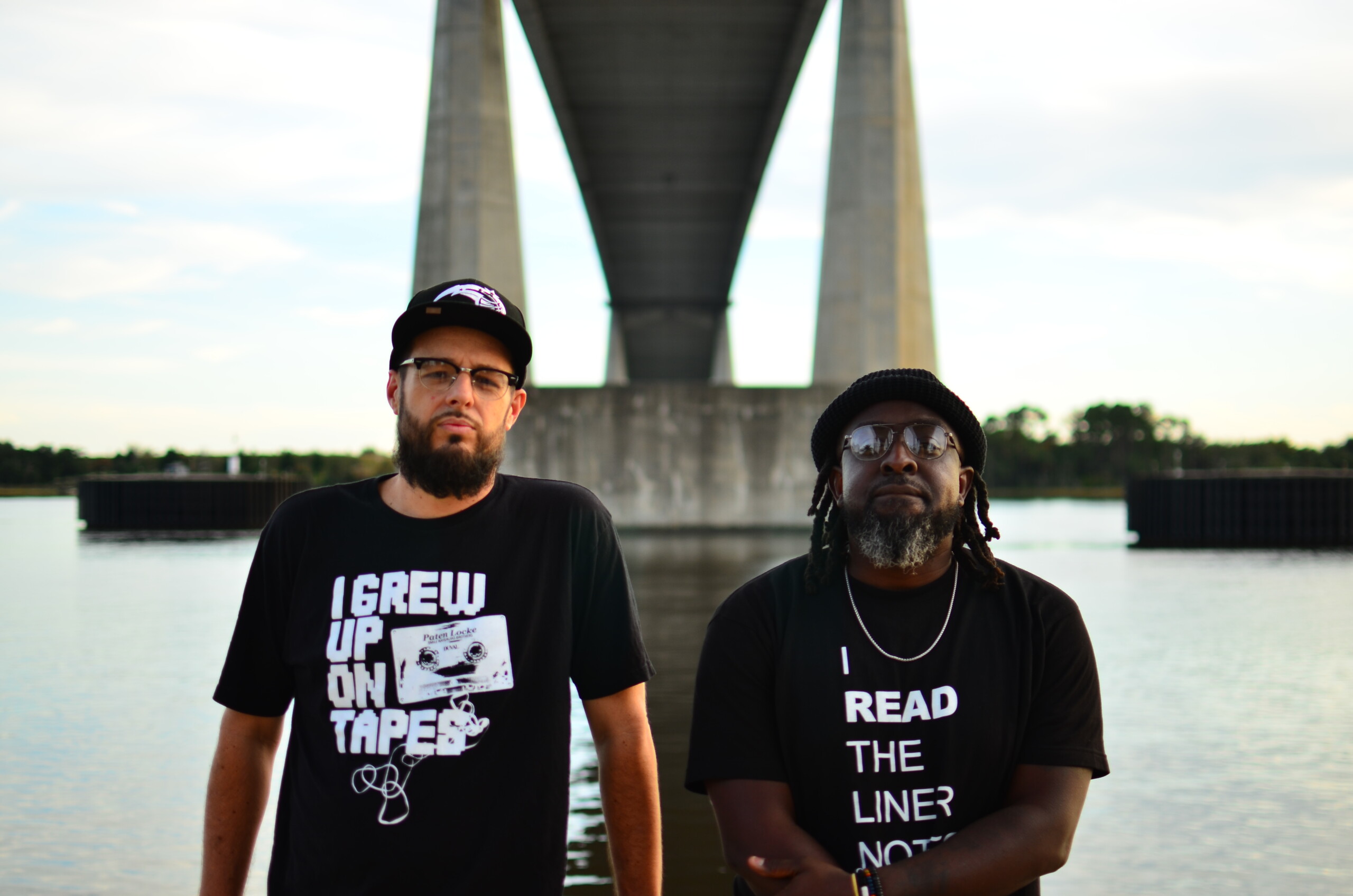
Mr. Al Pete and Notsucal Release Their Latest Collab, ‘G4.5’
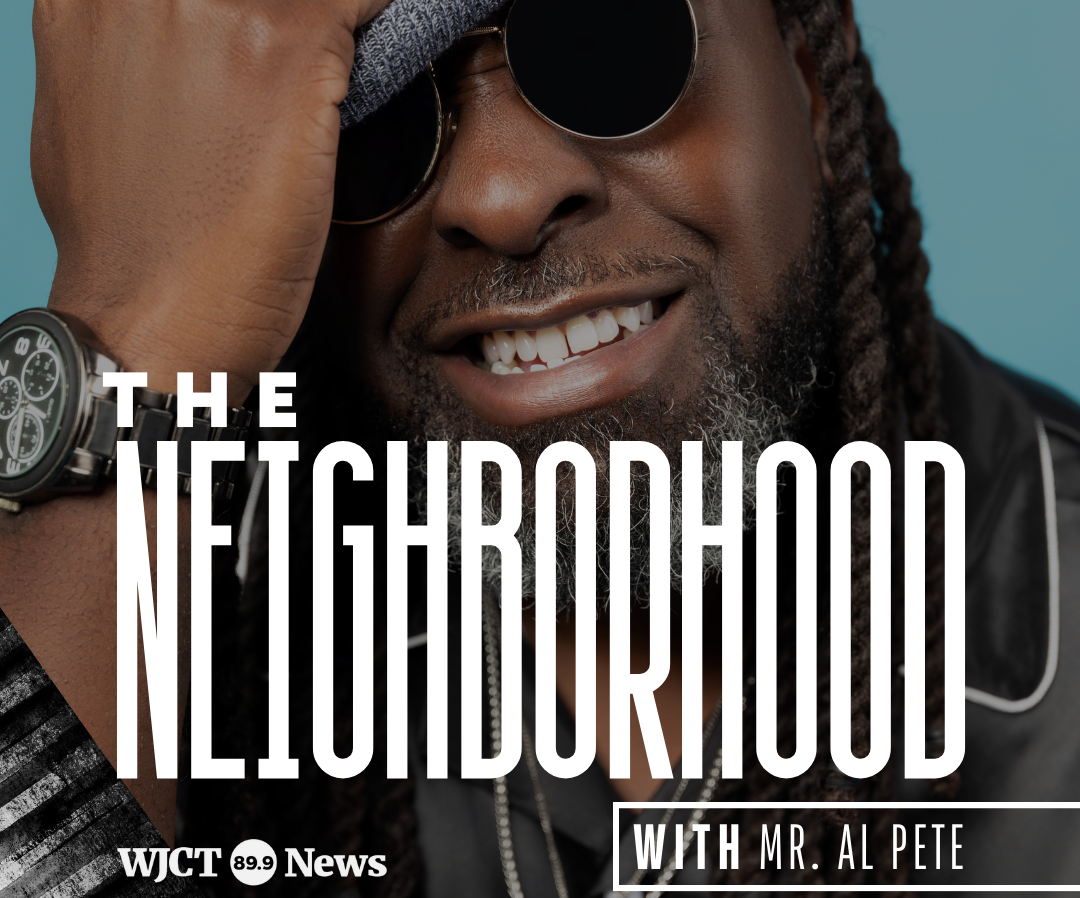
Dinner Party, Tom Misch and More from the Neighborhood with Mr. Al Pete
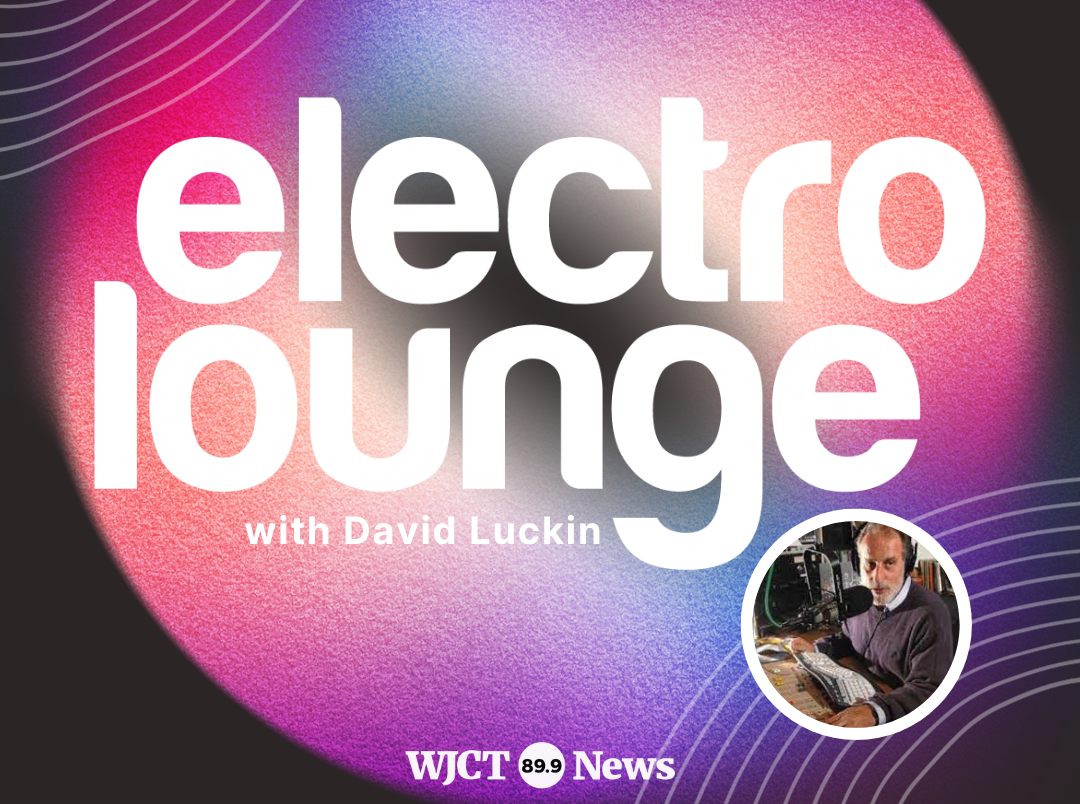
An Ultra-Chill Playlist from the Latest Episode of Electro Lounge
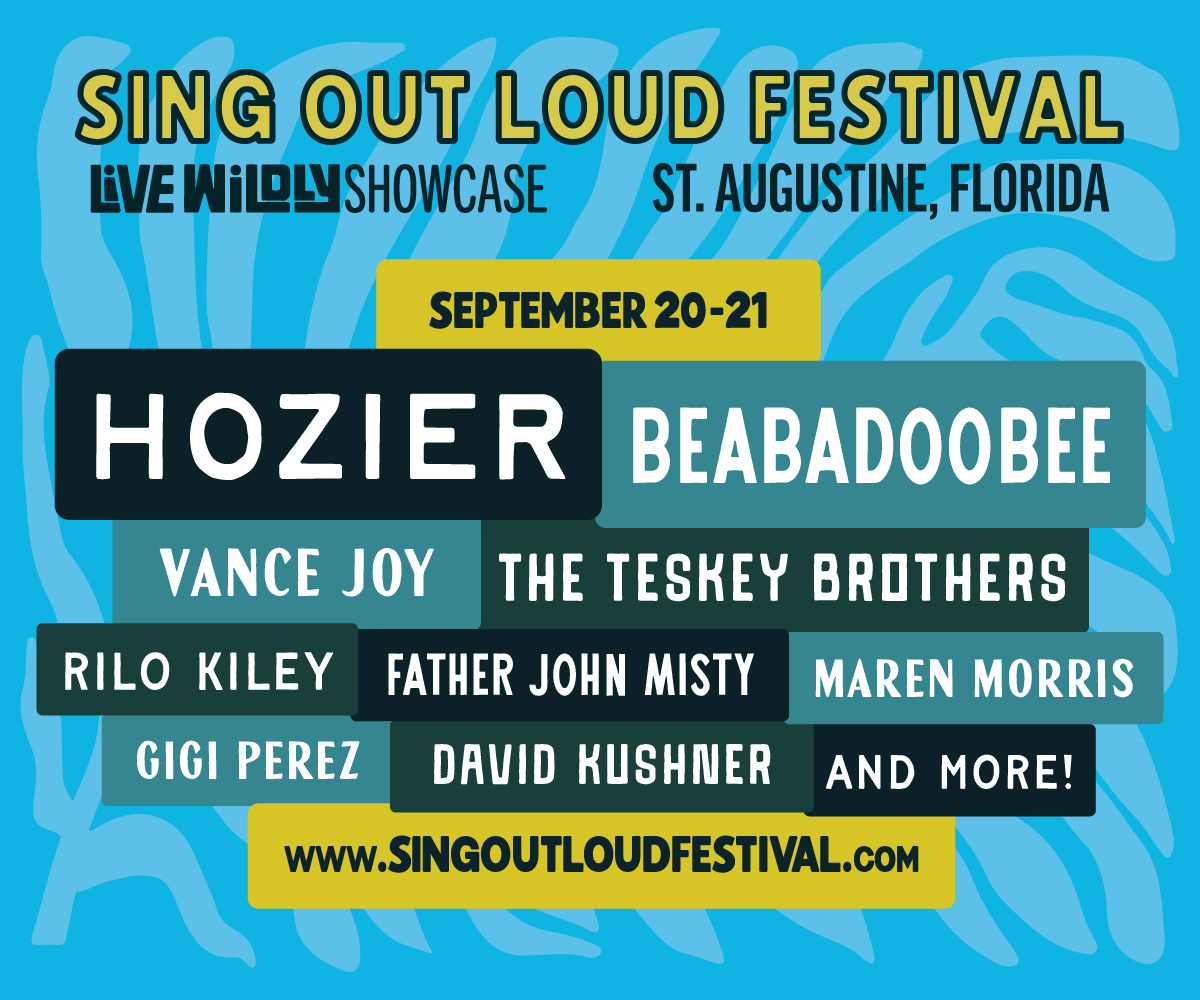
Sing Out Loud Festival Returns With Hozier, Beabadoobee, Father John Misty, Vance Joy and More
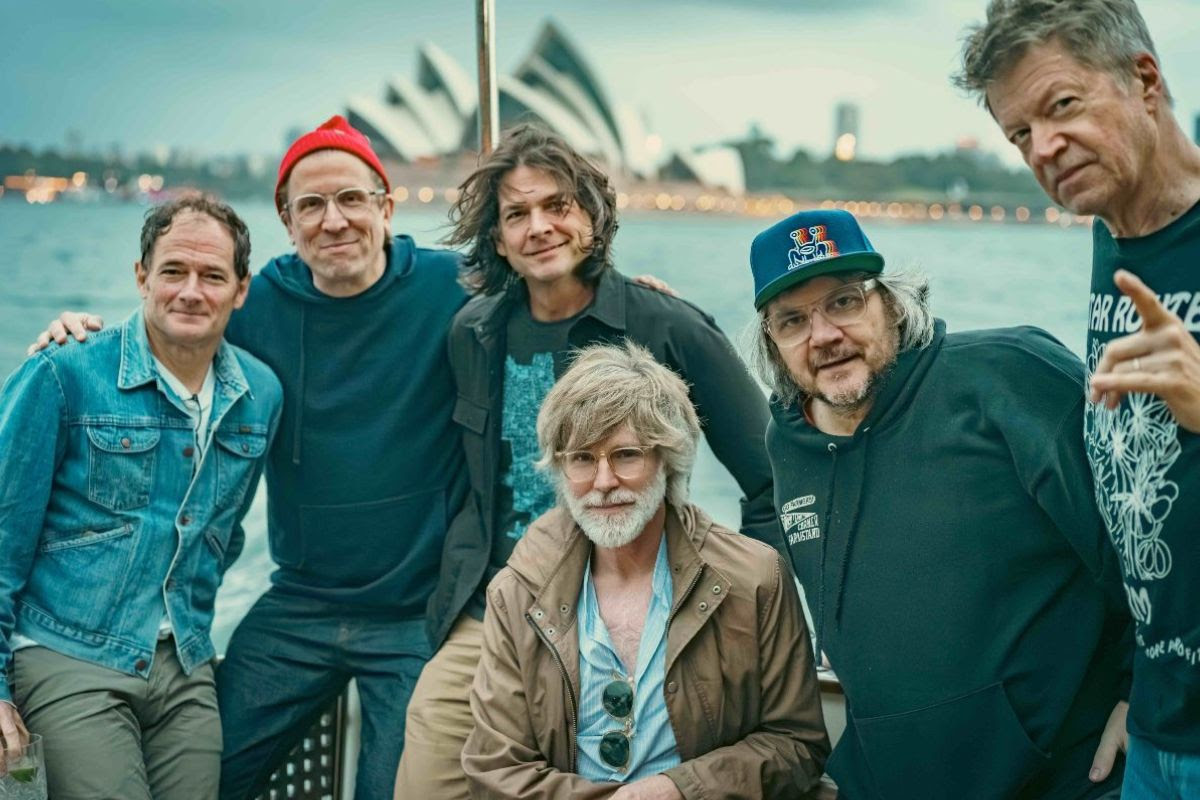
Chicago Alt-Country Faves Wilco Return to St. Augustine with Indie-Folk Great Waxahatchee
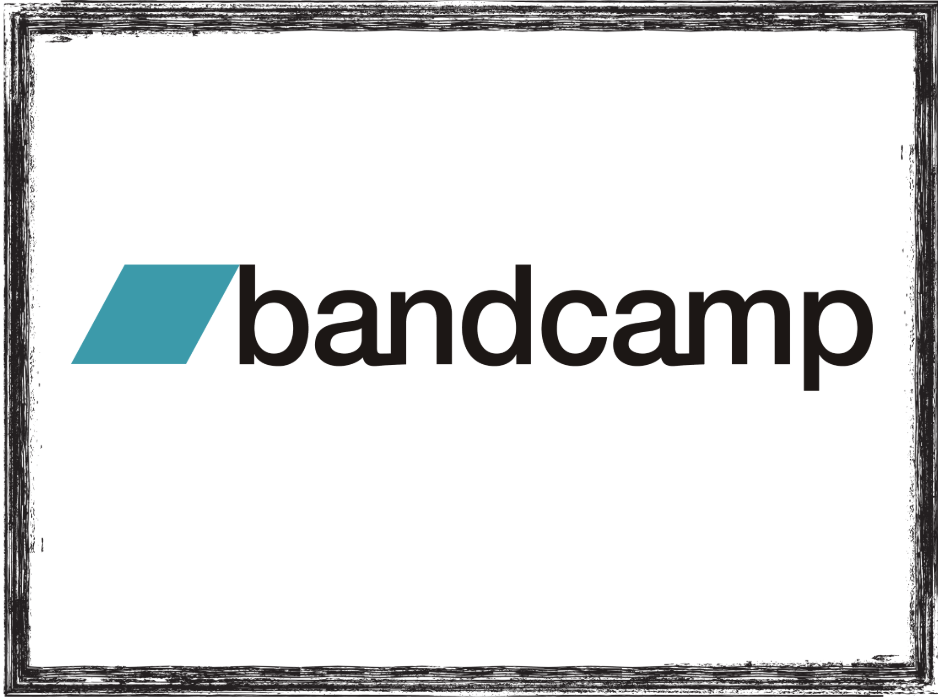
Looking for an Alternative to Spotify? Consider Hopping on the band(camp) Wagon
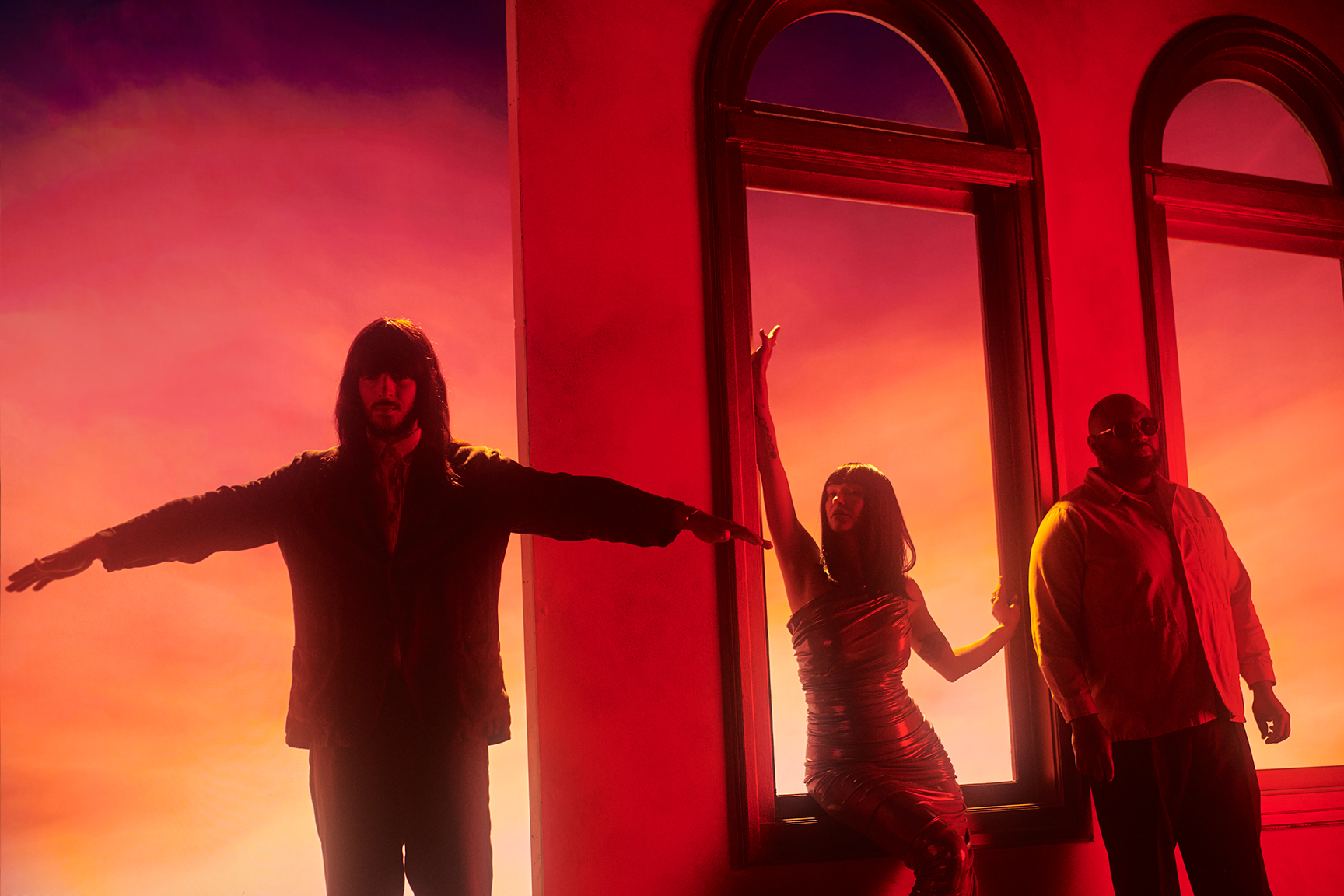
Khruangbin to Bring ‘A LA SALA’ Tour to St. Augustine in April

Perfume Genius, Flipturn, Tamino + Mitski and 6 New Songs to Stream
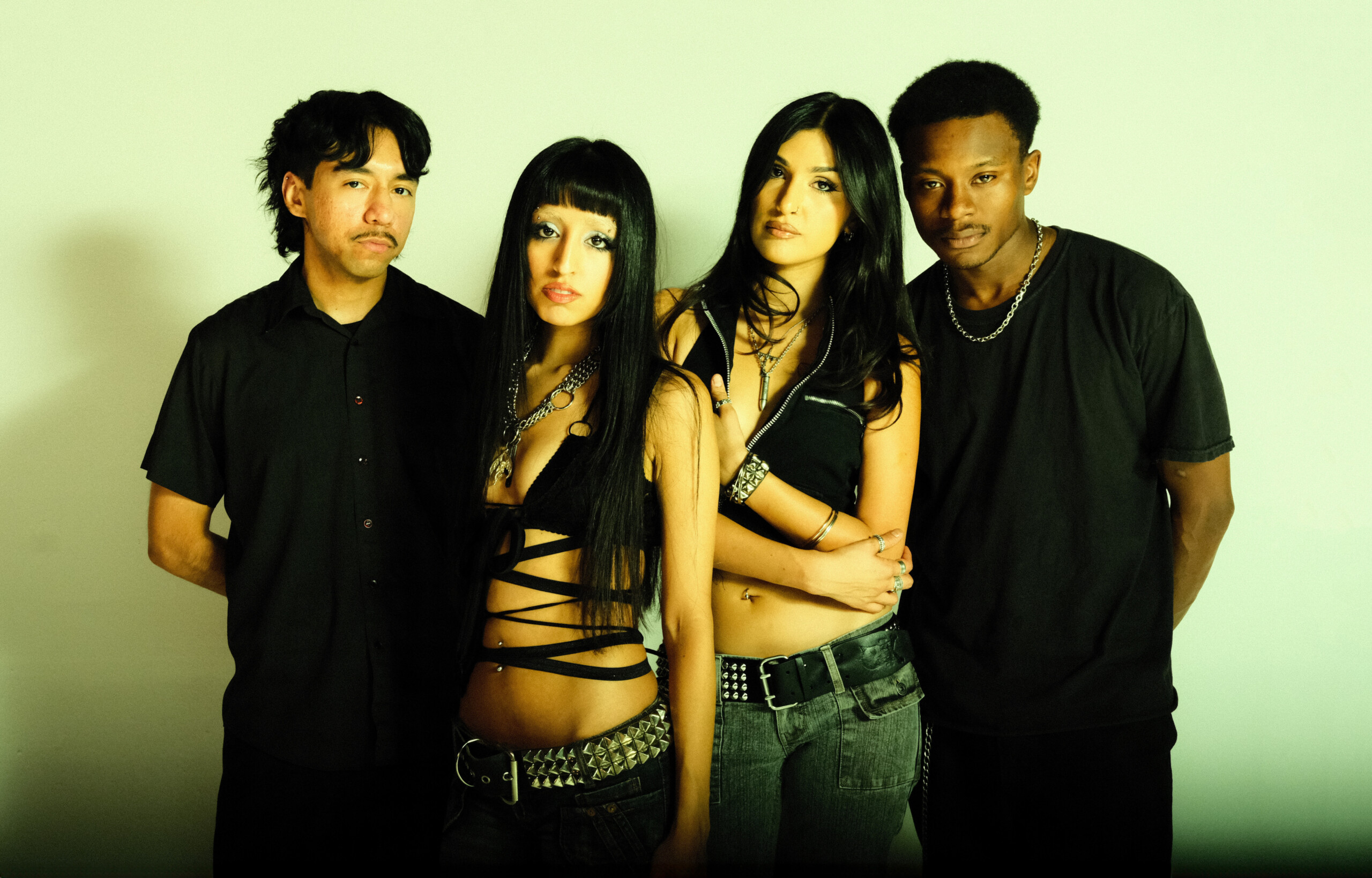
Song of the Day | “all tied up” by Glixen



